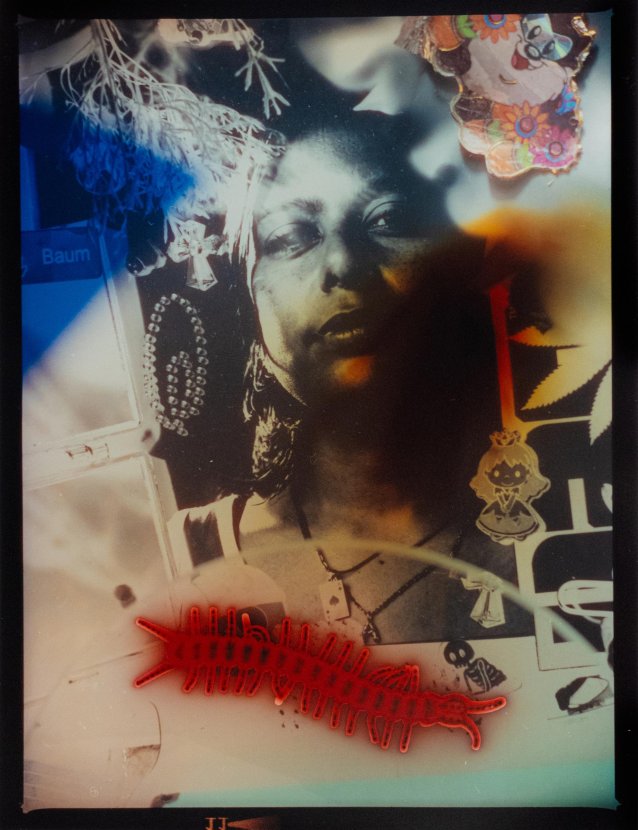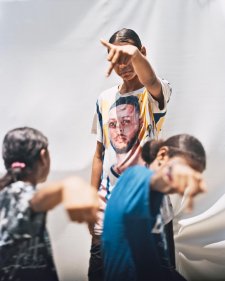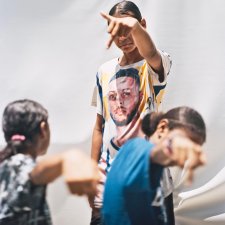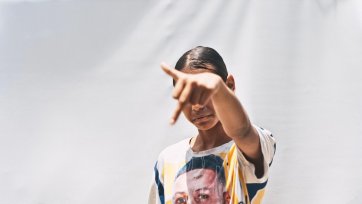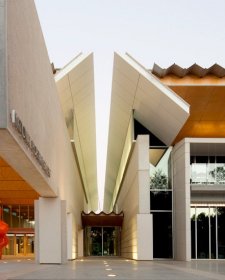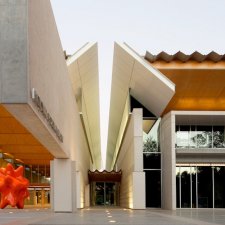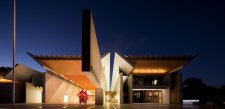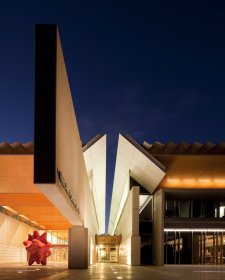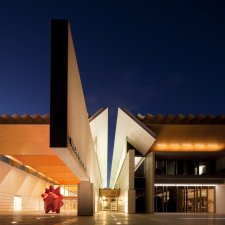Let’s take a look at the National Photographic Portrait Prize for 2025! This year, the judges – Benjamin Law (writer and broadcaster), Serena Bentley (Senior Curator at the National Portrait Gallery) and Leigh Robb (Curator of Contemporary Art at the Art Gallery of South Australia) – selected 48 portraits from over 1400 entries. The finalists show the different ways portraits can tell stories, challenge stereotypes, look at identity and expand the ways we think about ourselves, each other and the world we live in.
How to use this resource
The portraits in this resource have been chosen to spark discussion, encourage exploration and invite creativity for students in Years 3–6. Each activity is designed to be flexible, whether you’re planning a full lesson or looking for a quick task to fit into a busy day. Students can explore the portraits together in pairs, small groups or as a whole class, creating opportunities for collaboration and shared learning. The activities support inclusive classroom practices by encouraging respectful dialogue and celebrating each student’s unique way of seeing the world.
Curriculum-focused outcomes
Curriculum connections:
Learning areas: Humanities and Social Sciences | The Arts – Visual Arts
General capabilities: Critical and Creative Thinking | Intercultural Understanding
Cross-curriculum priorities: Aboriginal and Torres Strait Islander Histories and Cultures


